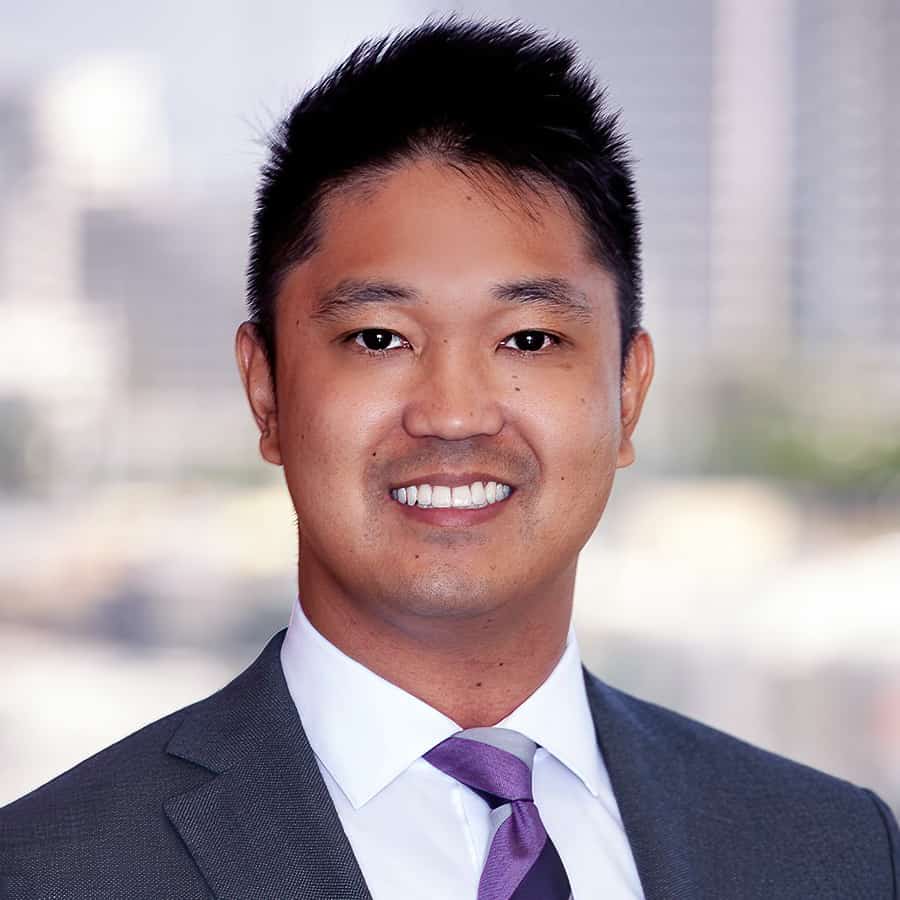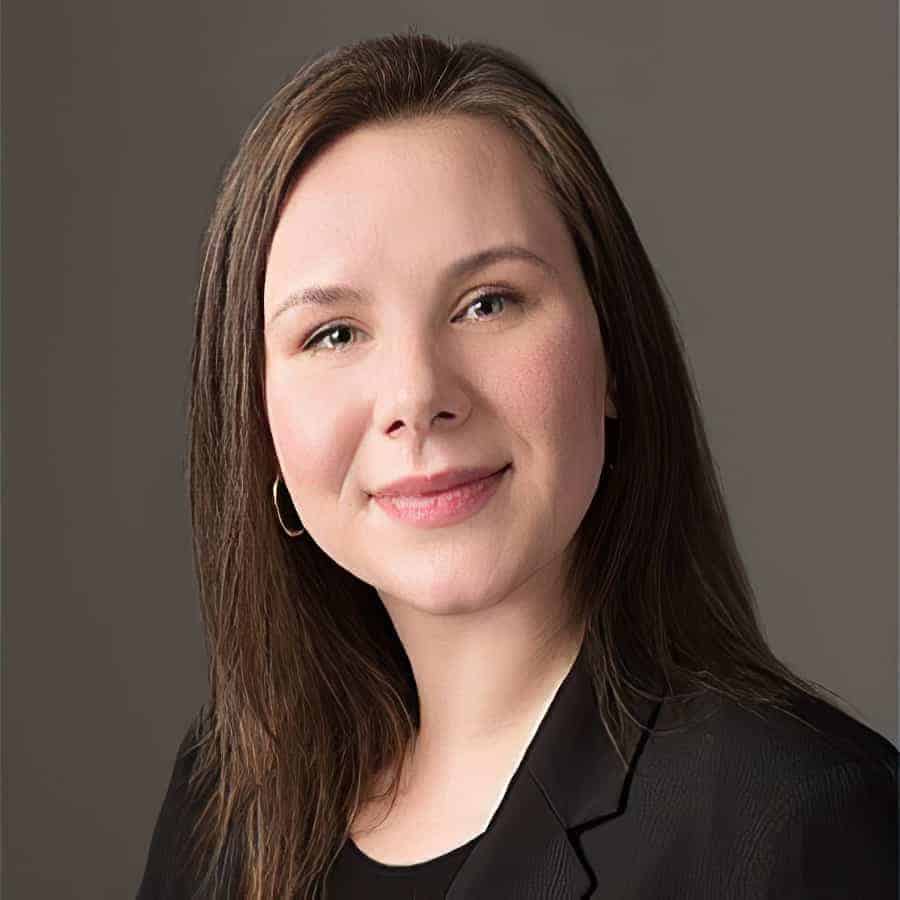In this episode, we talk to Joe Maffei, SE, Ph.D., LEED AP, an internationally recognized expert on the seismic evaluation, design, and retrofitting of structures, about the SFO Air Traffic Control Tower, for which his company, Maffei Structural Engineering, also received an excellence award. He talks about their involvement in the project and how they designed the first-ever control tower that used a nonlinear analysis performance-based seismic design.
Engineering Quotes:
Here Are Some of the Questions We Ask Joe:
- The SFO tower was the first-ever control tower that used a nonlinear analysis performance-based seismic design. Can you please talk to us about that and explain what the difference is between linear and nonlinear analysis?
- In prescriptive design, how much new research do you adapt into your designs?
- What are some of the other unique aspects of this structure?
- What unique approach did the tower have to address overturning?
- How did you define the seismic objective for the project?
- What did you learn about nonlinear analysis while working on this project?
- How would ground motion affect a structure like this?
- What are concrete core wall high-rises and what do you think engineers should know about them?
- Do you have any advice for engineers considering a career in structural engineering?
Here Are Some of the Key Points Discussed About Engineering Safer Skies With Performance-Based Seismic Design:
- Non-linear analysis means that you take advantage of the parts of the building code that allow alternate methods with equivalent performance. It is a win-win situation because all the extra analysis evaluations being done ensure more reliable performance in a seismic event and can help reduce the costs of a project.
- It takes a while for the technology transfer to happen to prescriptive designs. From real projects you get rules, those rules then become guidelines, and then only later start to make their way into the building code. Extensive analysis and research are done on many different scenarios before the guidelines are added to the building codes for specific areas.
- The SFO tower has many unique aspects. Vertical post-tensioning has been used in seismic systems for many years. It vastly reduces the displacement of the structure after a seismic event. It is achieved through unbonded vertical post-tensioning, which was used in the SFO tower performance-based seismic design. The tower was designed for functioning in high wind and seismic events and is situated close to the San Andreas Fault on soft soil. Mid-height seismic isolation was implemented, which lets the top move with respect to the tower. It has a concrete core structure with vertical post-tensioning. A criterion was made for story drifts to reduce shear deformation. The tower has a three-story office building at its base that had to be incorporated into the design. It was done by eradiating four spokes from the tower into the roof of the building. The spokes were made from buckling restraint bases that are designed for controlled non-linear behavior.
- With a performance-based seismic design, you are required to do both the linear and non-linear analysis so that the non-linear design can be compared to the linear design to see that the non-linear design’s performance is on par with the linear design.
- Non-linear analysis tells you much more than linear analysis, but it is not perfect. Sometimes there are things in the non-linear analysis that must be examined to ensure they are realistic. You must know exactly what the yielding is, take control, and tell the structure what to do, as opposed to it being a matter of chance.
- If you are applying to graduate school, ask structural engineering professors about interactions they have with practicing structural engineers. You will find that there is good integration between education and practice.
More Details in This Episode…
About the Guest: Joe Maffei, SE, PhD, LEED AP
Joe Maffei is an internationally recognized expert on the seismic evaluation, design, and retrofitting of structures. He has directed a range of projects, including designs using innovative solutions and advanced methods of evaluation. For San Francisco International Airport’s new air traffic control tower, Dr. Maffei devised the inventive solution of a post-tensioned core-wall system with a force-limiting backstay into the base building. The unique design meets the demanding FAA seismic criteria for extreme earthquakes while minimizing foundation and excavation costs and schedule impacts.
Dr. Maffei has served as a director for the Earthquake Engineering Research Institute and the Structural Engineers Association of Northern California (SEAONC). He has been appointed to committees writing building code requirements and guidelines by the American Society of Civil Engineers (ASCE), the American Concrete Institute, the U.S. Building Seismic Safety Council (BSSC), the Federation International du Beton, the Structural Engineers Association of California (SEAOC), and SEAONC.
Since 1999, Dr. Maffei has directed the Seismic Peer Review of more than 25 tall building structures in Seattle, Bellevue, San Francisco, Sacramento, and San Diego. Dr. Maffei led the development and publication by SEAONC of state-of-the-art recommendations on the topic.
Since 2008, Dr. Maffei has led efforts to establish appropriate structural design procedures and requirements for solar energy systems, considering wind, seismic, and snow loads and effects. He has co-directed the development of industry standards on the topic for SEAOC, and he has authored several technical papers on the structural design of solar arrays. Dr. Maffei has served as an expert consultant on wind-related failures of solar arrays, and he is a member of the ASCE committee that writes the U.S. building code requirements for wind design.
About the Hosts
Mathew Picardal, P.E.

Cara Green, P.E.

Sources/References:
Maffei Structural Engineering
Connect with Joe Maffei, SE, PhD, LEED AP, on LinkedIn
This Episode Is Brought to You by PPI

Please leave your comments or questions in the section below on performance-based seismic design.














